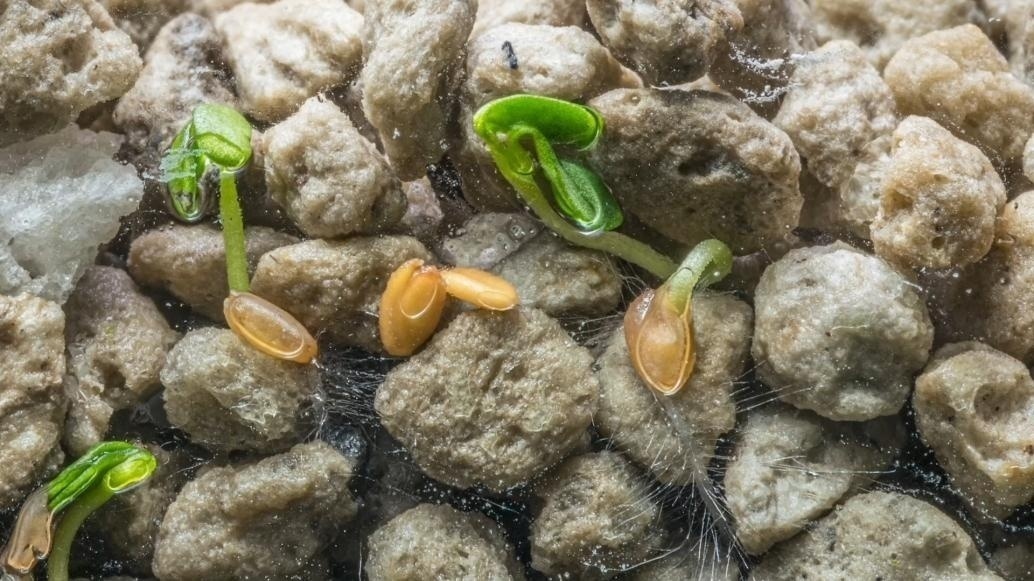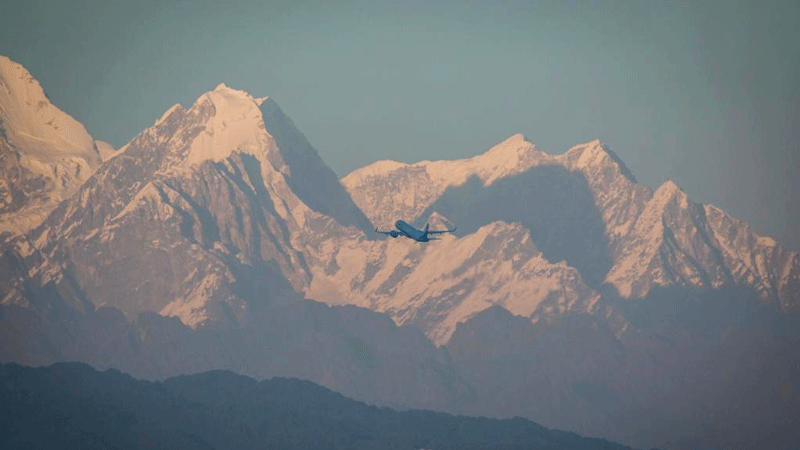Seeds collected at Mount Qomolangma germinate
Seeds of five plant species collected at Mount Qomolangma, the world's highest peak, have begun to germinate, after being preserved in a germplasm bank in China for more than six months.

Photo shows Mount Qomolangma. (Photo/Kunming Institute of Botany under the Chinese Academy of Sciences)
The seeds of the five species - Solms-laubachia himalayensis, Saussurea gnaphalodes, Hippophae thibetana, Pedicularis cheilanthifolia, and Oxytropis microphylla - were all collected in an extremely cold and windy environment with low-oxygen levels, and were then stored at minus 20 degrees Celsius in the Germplasm Bank of Wild Species of the Kunming Institute of Botany under the Chinese Academy of Sciences in Kunming, southwest China's Yunnan Province. A germination experiment was conducted to gauge the vitality of the seeds. It took them nine days to germinate after they were taken out of the freezer.

Screenshot of a video shows the five plant species and their seeds.
Of all the collected seeds that have been successfully preserved in the world, the Solms-laubachia himalayensis, which was collected at 6,212 meters above sea level, was collected from the highest altitude in the world.
The seeds were collected by researchers during two trips they made to Mount Qomolangma to search for seeds from August to September in 2021 under a program launched by the germplasm bank. Moreover, seeds of over 40 species of plants in the wild were also collected in areas in altitudes from 3,700 meters to 4,700 meters.

Seeds are placed in an agar medium. (Photo/Fu Hao)
“The germplasm resources of Mount Qomolangma are unique and rare, so we must collect and preserve them, regardless of the difficulties,” explained Cai Jie, director of a conservation center of the germplasm bank.
“As the strategic resources of our country, preserving these seeds will contribute to the protection of species and genes of Mount Qomolangma, and will help related studies on germplasm resources in the future,” Cai added.

Seeds of Solms-laubachia himalayensis germinate. (Screenshot of a video)
Since the germplasm bank was put into operation, the seeds of 10,917 species of wild plants have been preserved here, including 36 percent of all China’s flowering plants.

Photo shows Saussurea gnaphalodes. (Photo/Kunming Institute of Botany under the Chinese Academy of Sciences)

Photo shows researchers at Mount Qomolangma. (Photo/Kunming Institute of Botany under the Chinese Academy of Sciences)
Photos
Related Stories
Copyright © 2022 People's Daily Online. All Rights Reserved.









